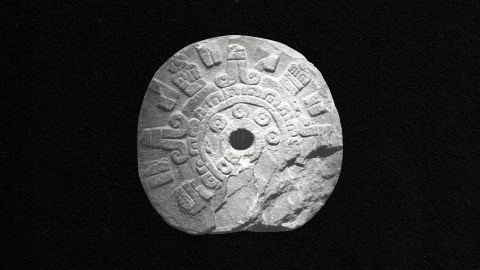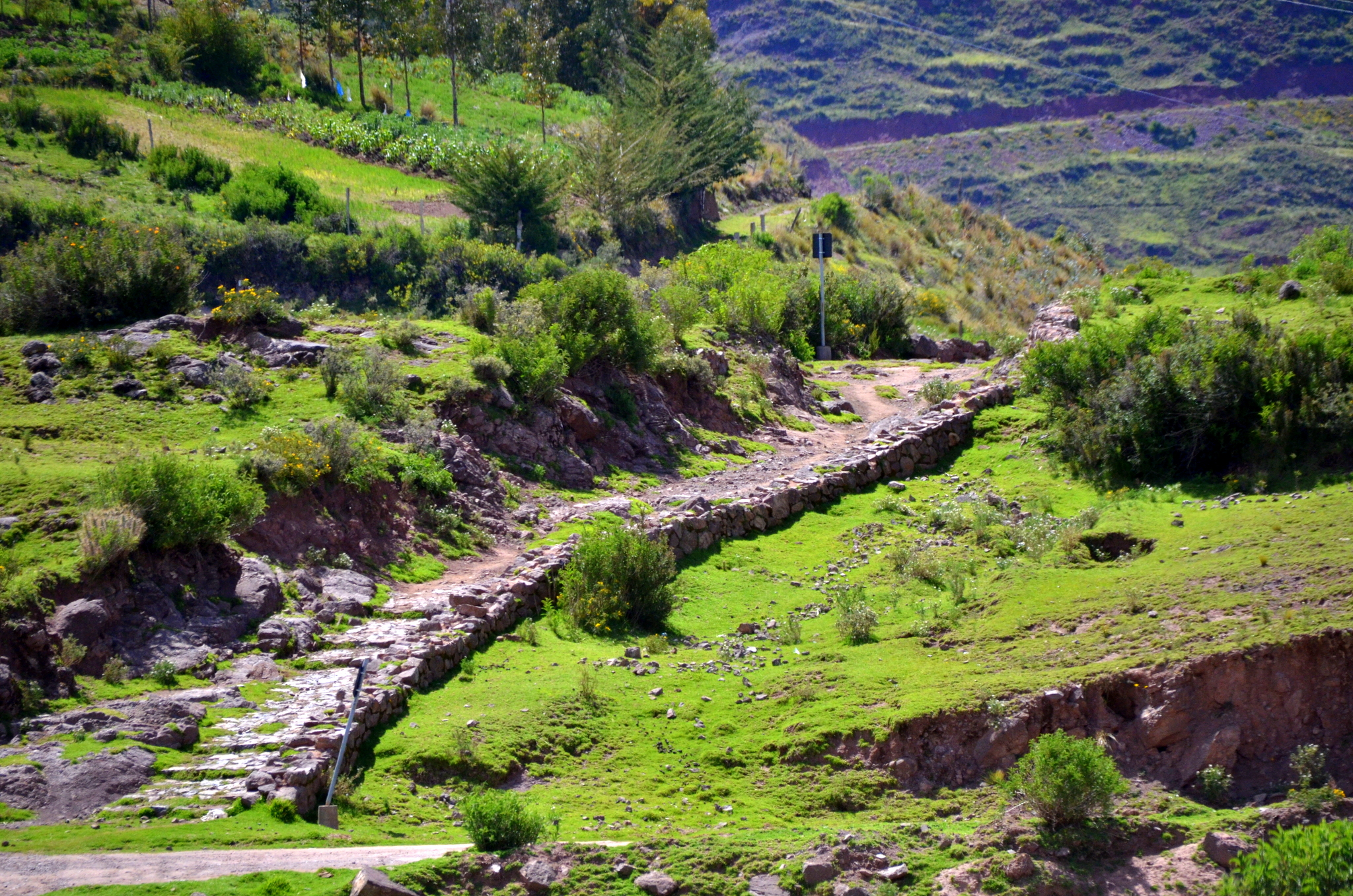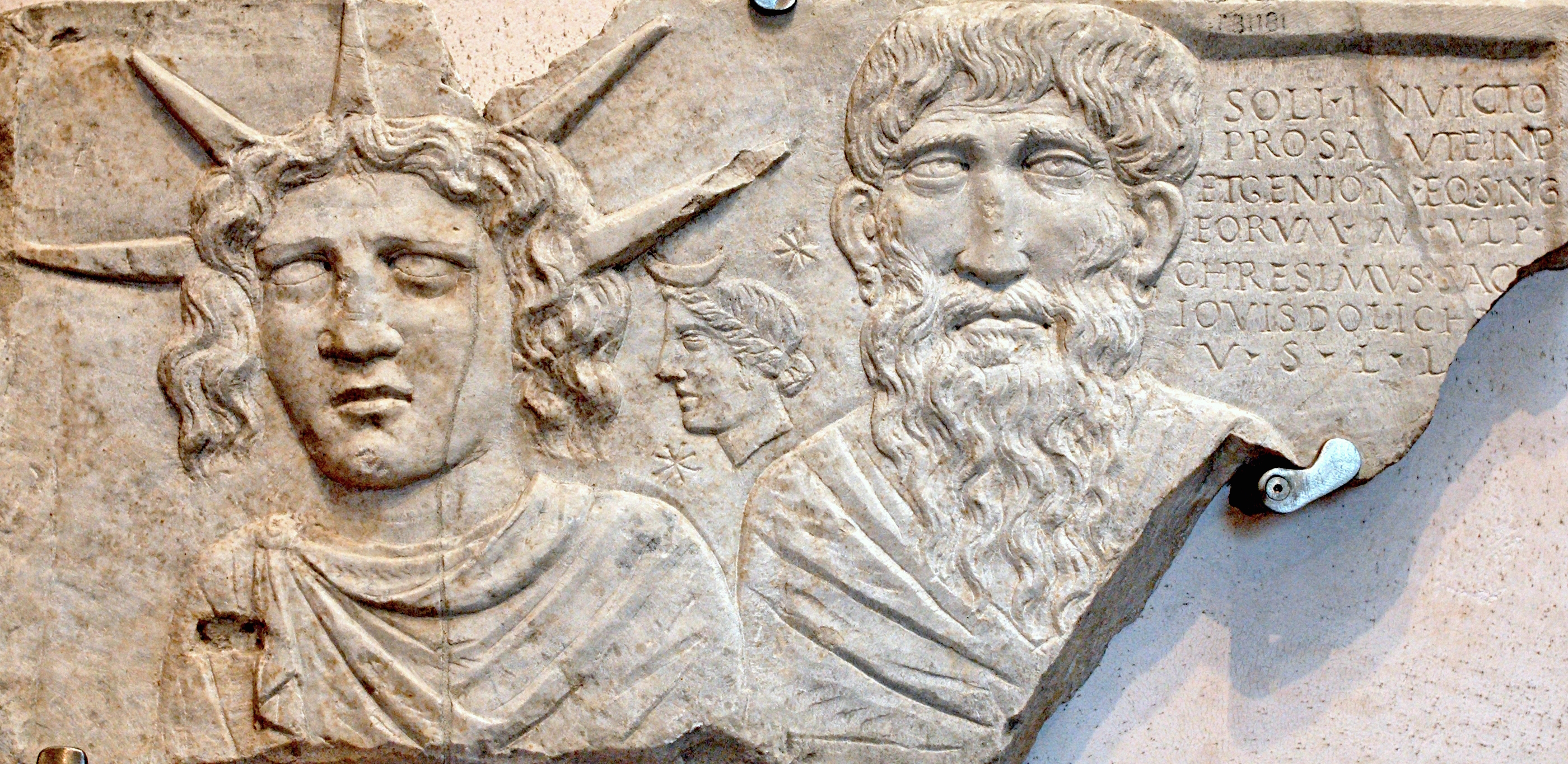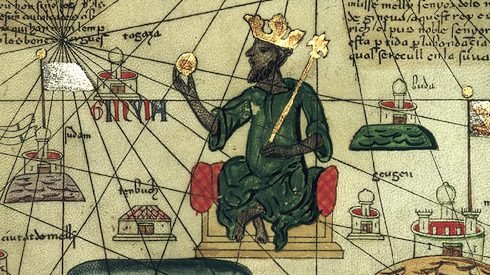Why the Aztecs, Inca, and Maya never invented the wheel

- The wheel is seen as perhaps the quintessential human invention. It dramatically changed Eurasia.
- Other ancient societies made do without wheels.
- In many cases, wheels simply weren't practical for them, so they used other transportation options.
The wheel is believed to be around 5,500 years old. First discovered in the ruins of ancient Mesopotamia, this seemingly simplistic mechanism — sometimes considered humanity’s quintessential invention — came about long after the advent of other, arguably more complex technologies, like boats, woven cloth, and agriculture.
The reason for its relatively late arrival has to do with its design. The fit between a wheel and its fixed axle has to be tight so that everything stays together, but not so tight that it prevents the wheel from spinning. On top of this, both the end of the axle and the hole of the wheel have to be perfectly smooth to minimize friction. While these challenges are easy to navigate in the 21st century, they were nearly insurmountable during prehistory. For this reason, the anthropologist David Anthony, author of The Horse, The Wheel, and Language, argues that while people might have conceived of the wheel in the Stone Age, its invention did not become a possibility until the introduction of precision tools like copper chisels in 4000 BC.
The invention of the wheel greatly accelerated the development of civilization by making it easier to travel large distances. Trade networks expanded, as did the scale and scope of imperial warfare. Towns and cities grew denser, their populations sustained by the increased productivity of wheelbarrow-assisted farming.

At least, that’s what happened in Eurasia. Over on the other side of the Atlantic, the Aztecs, Incas, Maya, and Native Americans did not become acquainted with the wheel until after the arrival of European colonists during the late 15th and early 16th centuries. Why these societies never invented wheels of their own is unclear. Judging by their accurate cosmological calendars and impressive feats of engineering, to name just two examples, they definitely had the technical know-how. Both the Maya and Incas even built roads — good roads — but those were reserved for pedestrians only. How come?
Llamas and canoes
It had long been assumed that ancient Americans didn’t use wheels because they didn’t know how to make them. That turned out to be false. In 1880, as archaeologist Désiré Charnay excavated the tomb of an Aztec child in Mexico City, he came across a small coyote figurine mounted on an even smaller set of wheels. Since then, other wheeled toys have been found across the country. Most belonged to the Toltecs, whose culture flourished between 900 and 1100 AD.
Current explanations of why the Aztecs, Incas, Maya, and Native Americans lacked wheels focus not on the knowledge of how to create them — which they clearly possessed — but on practicality. As the saying goes, necessity is the mother of invention, and ancient Americans just didn’t have the same need for wheeled vehicles that Eurasians did. Why? One major reason is that the continent was devoid of creatures strong enough to pull them. After all, horses, cows, and oxen crossed the Atlantic along with the wheel itself.
Another important factor in this equation was geography. Yes, the Incas built roads, but those roads were mapped out over the hilly terrain of the Andes mountains. They featured giant staircases and suspension bridges that wheeled vehicles would not have been able to traverse. Instead, the Incas used a combination of human couriers and llamas, which are excellent climbers and still can be found grazing on the slopes of Machu Picchu today.

The same is true for other civilizations: In the Mayan Yucatán, rural areas only could be reached via narrow footpaths, while the marketplaces in the Aztec cities of Tlatelolco and Tenochtitlan could be accessed with canoes, which according to early Spanish observers were found on lakes and causeways throughout the empire. A similar explanation has been given for why the Polynesians, another ancient civilization with a predominantly aquatic lifestyle, never used wheels.
The introduction of the wheel
Aztec, Incan, Mayan, and Native American societies might not have been built on wheels, but this in no way prevented them from reaching levels of complexity comparable to their Eurasian counterparts. The Incas, as mentioned, were able to maintain communications across an area that stretched 2,500 miles, from Quito to Santiago, using porters and llamas alone. They also assembled impressive architecture from rocks as big and heavy as the mounds of Stonehenge. How their builders managed to move those rocks without help from the wheel, nobody knows. But manage they did.
Of course, the absence of the wheel still shaped these societies in meaningful ways. In his book How Chiefs Became Kings: Divine Kingship and the Rise of Archaic States in Ancient Hawai’i, archaeologist Patrick Kirch writes that attempts to unite the islands’ independent, warring tribes repeatedly fell apart because of the amount of time it took to travel from one stronghold to another.
When the wheel did finally show up, everything changed — not just in Hawaii, but in North and South America as well. But the change was more gradual. Even though Indigenous Americans could now use the wheel for transport, weaving, and pottery, this new and more efficient technology didn’t replace the familiar way of doing things overnight. Traditional weaving and ceramic techniques were used alongside spinning and pottery wheels for a long time, and continue to be passed down from generation to generation, even to this day. Many places on the Yucatán peninsula still cannot be reached by car. And the only way to reach the top of Machu Picchu is by walking — just as the Incas did.





